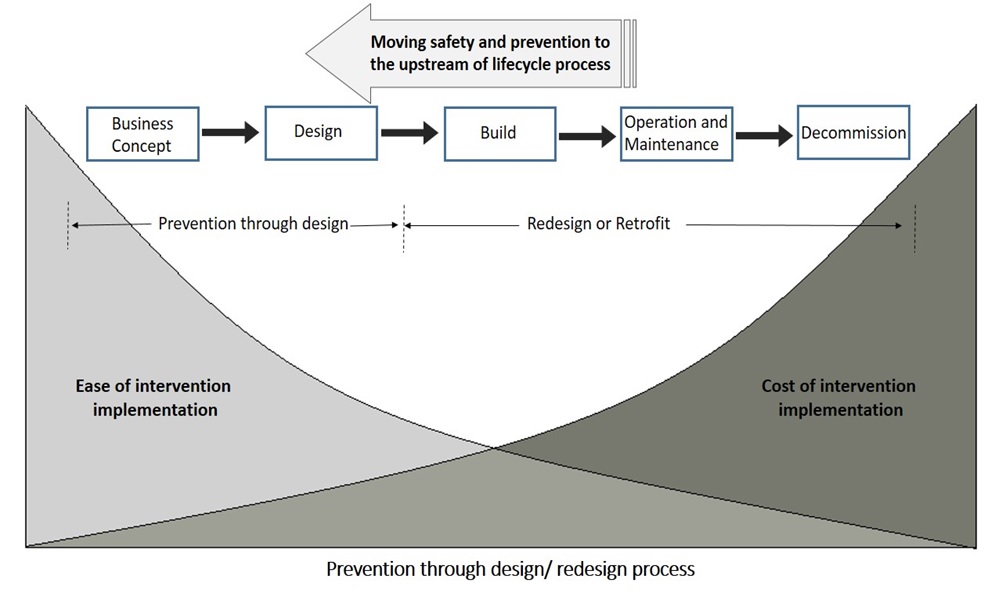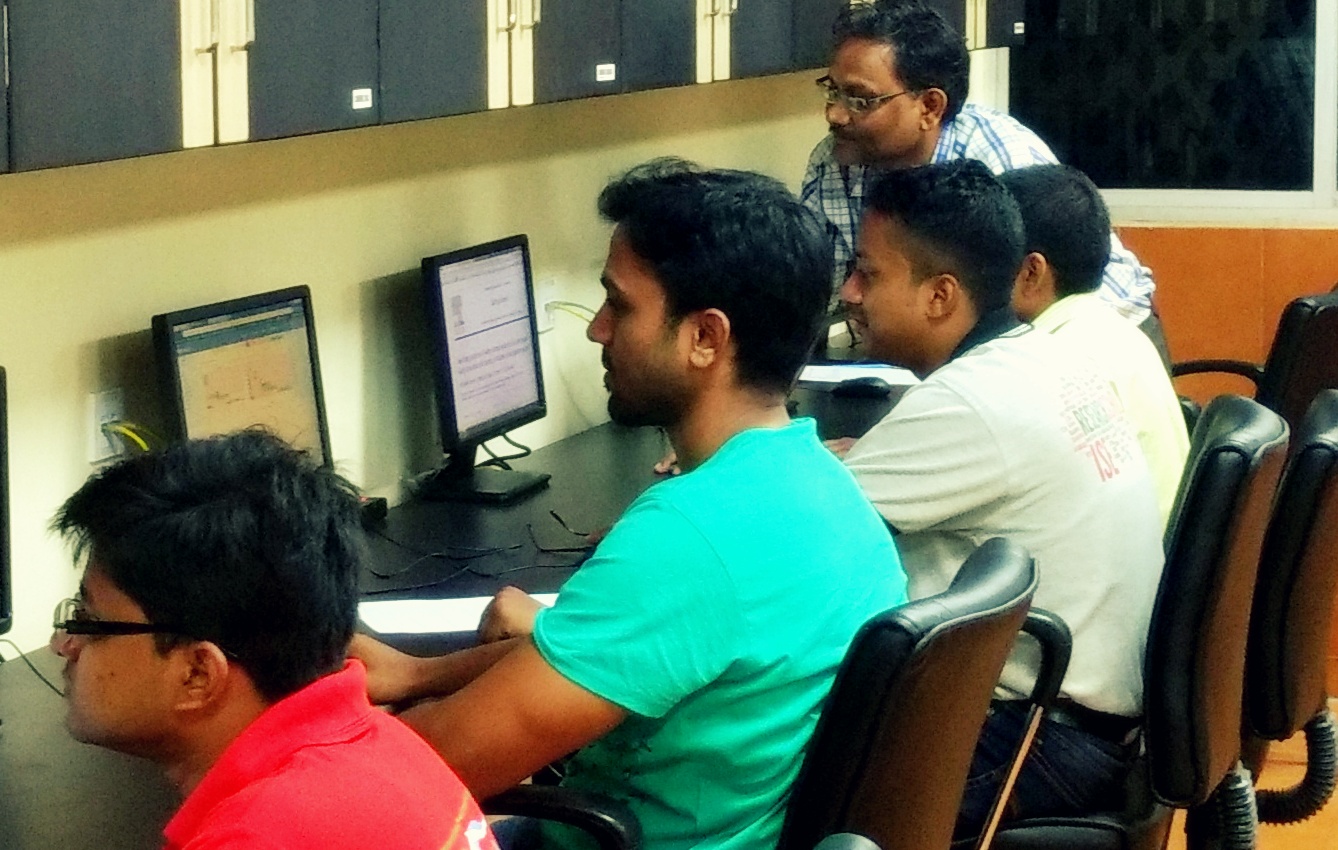Research Area
It has been reported in the literature that the top priority technology by companies and financial firms is ‘analytics’. Analytics cuts across all sectors of industrial, service, and business functionaries. Keeping the needs and requirements of these functionaries in view, our data analytics group conducts R&D activities on descriptive, predictive, and prescriptive analytics to attain the objectives pertaining to -
(i) Understanding situations being explored, (ii) evaluating performance, (iii) predicting the future, and (iv) better decision making.
Our Data Analytics lab is well-equipped with advanced data analysis software like SAS, SPSS, MINITAB, MATLAB, Mathematica, iThink, R, Python, and CPLEX.
- Business analytics
- Safety analytics
- Health analytics
- Quality analytics
The methodologies, mathematics, techniques and algorithms needed for our research are drawn from statistics (both frequentist and Bayesian approaches), machine learning, data mining, and operations research. We continually adopt advanced technologies such as information & communication technology (ICT), internet of things (IoT), and analytics infrastructure for data capture and storing.
Our primary focus is on learning from data, predict the future, make real-time analysis and make automated data driven decision making.
- ANOVA and MANOVA
- Regression (both linear and non-linear)
- Generalized linear models (e.g., logistic regression, Poisson regression, etc.)
- Discriminant analysis
- Factor analysis
- Principle component analysis
- Structural equation modeling
- Multi-block partial least squares (MBPLS)
- Canonical correlation analysis
- Conjoint analysis
- Correspondence analysis
- Multidimensional scaling
Data mining and machine learning-based techniques
(i)Supervised learning
- Classification and regression
- Decision tree
- Instance-based learning (like k-NN, SVM)
- (ii)Unsupervised learning
- Clustering
- Association rule mining
(iii)Semi-supervised learning
(iv)Reinforced learning
Operations research-based techniques
- Linear and non-linear programming
- Queuing theory
- Game theory
- Stochastic processes (e.g., Markov process)
- Simulation
We look forward to provide services in the above-mentioned areas using the above-mentioned tools and techniques.We also conduct workshops, short-term courses, and in-house training programs on data analytics to industry, service, and R&D professionals.
Our safety analytics lab is equipped with modern data capture and storage systems and advanced data analysis software like SAS, SPSS, MINITAB, MATLAB, 3DSSPP, Mathematica, iThink and CPLEX.
Our research on safety analytics aims to develop a sustainable safety management system for people at work across any organization through advanced analytics and reporting technologies. We aim to contribute in the following areas:
- Creation of safety analytics database
- Safety data visualization and exploration
- Development of prediction models for predicting accidents/injuries illnesses in workplaces
- Safety performance evaluation and monitoring
- Design of prevention and mitigation programs and technologies
- Safety related decision making
- Safety education and training
The methodologies, mathematics, techniques and algorithms needed for our research are drawn from statistics (both frequentist and Bayesian approaches), machine learning & data mining, and operations research. We continually adopt advanced technologies such as information & communication technology (ICT), internet of things (IoT) and analytics infrastructure for data capture and storing.
Our primary focus is on learning from past data, predict the future and take data driven decision making.
Current research works include:
- Safety analytics: safety people at work
- Development of sustainable safety management system
- Hazard identification, risk assessment and risk control
- Predictive modeling of occupational accidents
- Decision support system for safety management
- Work compatibility modeling and its relationship with safety management
- Optimization of risk basedmaintenance schedules
- Text mining based root cause identification
- Human detection in urbansearch and rescueoperations
- Human errorquantification and its effecton safety performance
We look forward to provide services in
- Safety data capturing &visualization
- GUI based incident prediction models
- Performance indicators and model for evaluating the effectiveness of the Safety Management Systems
- Developing leading and lagging indicators of safety
- Accident modelling and safety improvement
- Human errors quantification
- Risk based maintenance
- Case specific accident/incident investigation templates and frameworks
- Hazard-specific bow-tie and root cause analysis framework for safety by design
- Enhancement of the current safety programs
- Virtual reality (VR) based training
Our health analytics group aims to develop decision support systems to improve health care decision making. We emphasize on leveraging on massive amount of data available in electronic health records, public health records, genomic etc. to facilitate better and personalized care to the patient as well as other components of the health care system (e.g. provider, insurance agency, and pathological labs).
We aim to contribute in -
- Hospitalization Analytics
- Prediction of length of stay,
- readmission pattern mining
- emergency department patient flow
- Algorithmic prediction of diseases
- Electronic medical records analytics
- Occupational health Risk assessment
Research works underway are:
- Performance metric identification of occupational health
- Readmission pattern mining
We are developing required mathematical models, analytical tools and techniques for our decision support system. The selection of tools and techniques includes Data Mining, Statistical and Predictive Modeling, Machine Learning, Mathematical Modeling and Optimization.
Our lab is equipped with modern data capture and storage systems and advanced data analysis and optimization software like SAS, SPSS, MINITAB, MATLAB, 3DSSPP, Mathematica, iThink and IBM ILOG CPLEX.
We look forward to provide services in
- Occupational health
- Insurance claims
- Public health systems
Ergonomics deals with ‘ergo’ or work and ‘nomos’ or law, collectively called ‘laws of work’. Our ergonomics research focuses on man-machine compatibility modeling for comfort, convenience and safety of people at work.
We strive on the following:
- Physical ergonomics
- Anthropometry
- Human-computer interaction (HCI)
- Environmental ergonomics
- Work system design
Our Ergonomics ResearchGroup is well-equipped with advanced hardware such as force plate, treadmill, ergometers, anthropometric kits, and VR, and software like CATIA, QUEST, JACK, 3DSSPP.
The methodologies, mathematics, techniques and algorithms needed for our research are drawn from statistics (both frequentist and Bayesian approaches), machine learning, data mining, and operations research. We continually adopt advanced technologies such as information & communication technology (ICT), internet of things (IoT), and analytics infrastructure for data capture and storing.
Our primary focus is on doing experiments for gathering data, analyse the data and design for work systems or its components.
We look forward to provide services in the following areas:
- Company-wide ergonomic evaluation of works
- Man-machine interface design
- Work-compatibility assessment of workers
- Job stress evaluation and management
- Development of ergonomic performance indicators
- Biomechanical modeling
- Manual material handling
Workshops, short-term courses, and in-house training programs on engineering ergonomics and related areas to industry, service, and R&D professionals.
Our Virtual Reality (VR) Laboratory is equipped with requisite hardware and software for modelling, simulation, data visualization and hands on training in the areas of accident modelling and analysis, design of man-machine interface and design of production and assembly. We have both projection based display and Head Mounted Display systems as well as software for 3D modelling and creation of Virtual Environment and navigation into it.
From research point of view, this facility will provide a platform for
- Conducting experiments and modelling human-machine-material interactions
- Accident scenario development
- Behavioural control
- Fire simulation and propagation
- Design for assembly
- Virtual prototyping
- Testing and control of industrial operations
- Design and verification of safety training programmes
Currently works going on using VR are:
- EOT crane accident modelling and simulation
- Dumper accident modelling
- Accident modelling for open reversible belt conveyor
- Hospital fire safety modelling
We look forward to provide services in
- Data visualization
- Education and training
- Accident modelling and safety improvement
- Assembly operation
- Human factors and ergonomics
The PtD concept and the ethical and sustainability-related reasons for PtD, provide common examples, (where PtD should have used and where PtD used), impart competencies to use PtD in the total Life Cycle of the Project , PtD management which is the real success factor for the successful implementation of PtD and identify potential barriers to perform PtD.
Addressing occupational safety and health needs in the design process to prevent or minimize the work-related hazards and risks associated with the construction, manufacture, use, maintenance, and disposal of facilities, materials, and equipment.
Prevention through Design (PtD)-Concept

